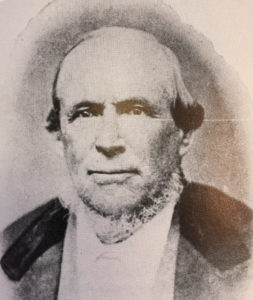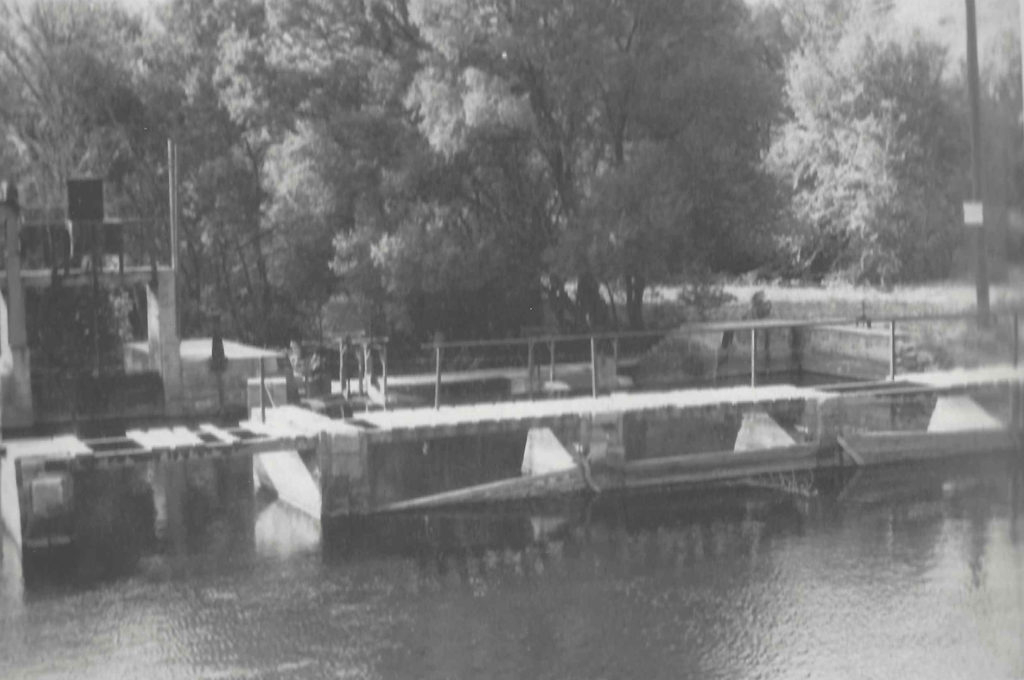In July of 1850, a party of settlers composed of Canute Peterson, David Savage, Charles Hopkins, Henry Royle, William Empey, William Wadsworth and surveyor Lemmon, set out on an exploring expedition to Utah Valley. Proceeding to a small stream of water they found it had already been claimed by Arza Adams and Washburn Chipman who laid claim to all the water and land in the area. Thus began the quest for water in Lehi that has sparked contention and controversy from then to now. Lehi was first called Dry Creek because of the difficulty the settlers found in obtaining enough water to water their horses. Further down the trail, a spring was discovered and because of the peculiar taste of the water it was called Sulphur Springs. This spring later became the center around which the first settlers located. In 1853 it became known as Snow’s Spring, having come into the possession of William Snow. Several springs were discovered in the area that we know as Lehi but the settlers realized soon that they could not depend on the springs to provide all the water they needed to water their animals and irrigate their crops.
The only other water supply that was available was the stream in American Fork Canyon. Under the direction of Bishop David Evans, a seven mile ditch was dug to divert the water from the stream in the canyon to the people of Lehi. It was an arduous task but Bishop Evans cajoled the men into completing the ditch in time to save the corn and potato crops. In 1852, Lehi was incorporated under the Territorial Legislature and was granted one third of the water from the American Fork Creek by the Territorial Act.

Bishop David Evans, a Lehi Pioneer and water visionary.
Because of the numerous disputes between the farmers on the bench in American Fork and the people of Lehi over the water that flowed into the Lehi Ditch, Lehi City filed a lawsuit to restrain the people on the bench from using the water from the “Ditch”. There were two hundred Lehi citizens involved in the suit. In 1877, after a long trial, the district court ruled in favor of Lehi, giving the city exclusive rights to the water in July, August, and September. While there have been several appeals this decision was practically the basis of water distribution until 1950. (Lehi Centennial History, 1950.)

A diversionary weir at the mouth of American Fork canyon, constructed in the early 20th century, and used until approximately 1990.
In 1907, Lehi City recognized the need for more water for culinary and irrigation purposes. The springs and wells along with the Lehi Ditch that supplied most of the water for Lehi had been an unreliable source and the citizens wanted a more consistent source of water. The first project was to unite with American Fork and secure a supply of water from Grove Springs, near Alpine. Upon further investigation, it was discovered that the quality and quantity of the water were insufficient. The city of Alpine proposed an alternative scheme. They would unite with Lehi and install a system originating from School House Springs in Alpine. In June of 1908, Lehi City Council met with Alpine officials and offered them $8,000 for five sixths of the stream. The project was approved by the citizens of Lehi. A $26,000 bond was also approved and in the summer of 1909 the work on the system began. Under the direction of W.S. Evans, The unique system of drain pipes and trenches created a pipeline that crossed the bench into a settling tank just north of Lehi. The tank had a capacity of 320,000 gallons. The system was finally installed and before many months elapsed the water was in the homes of the Lehi Citizens. (Lehi Centennial History, 1950.)